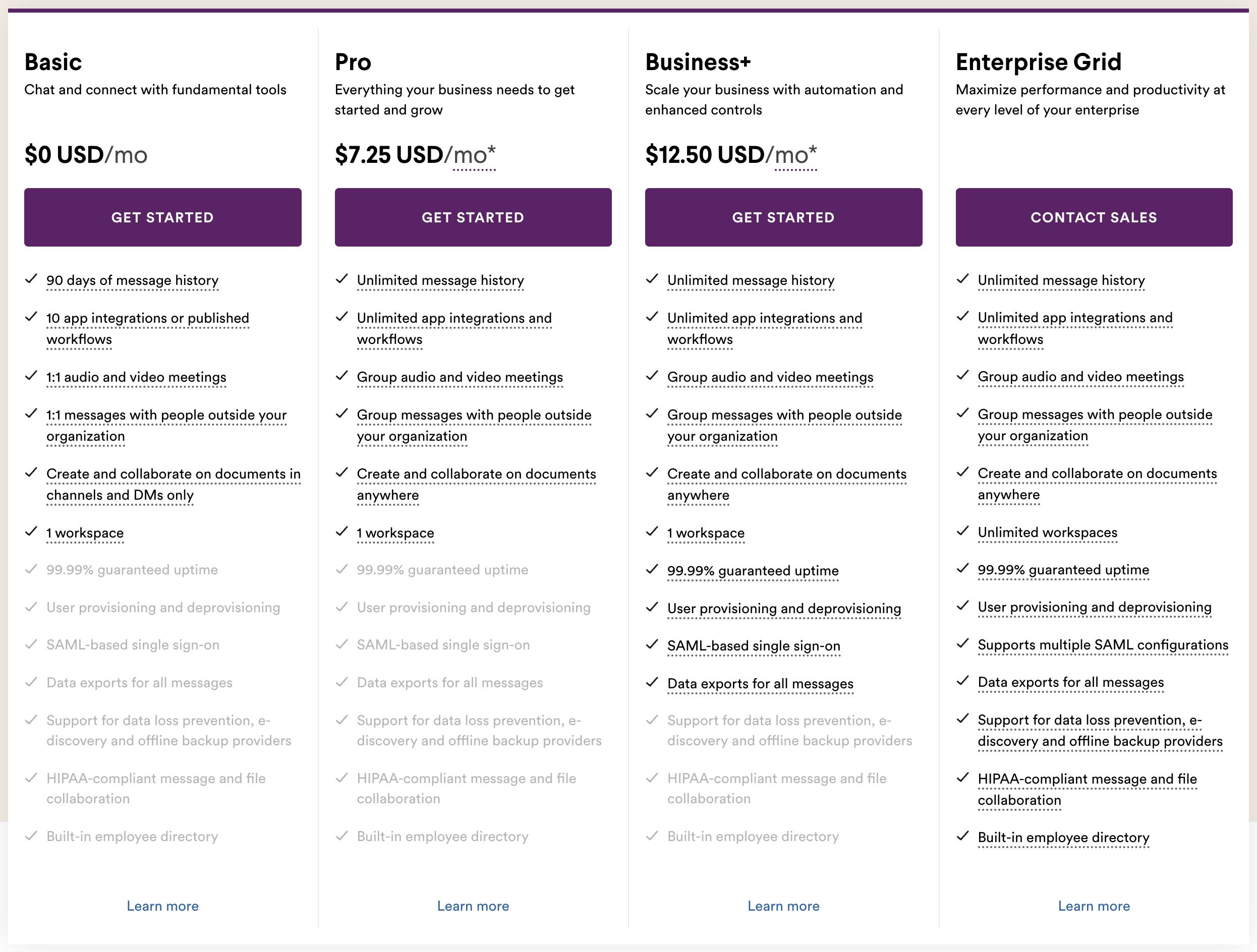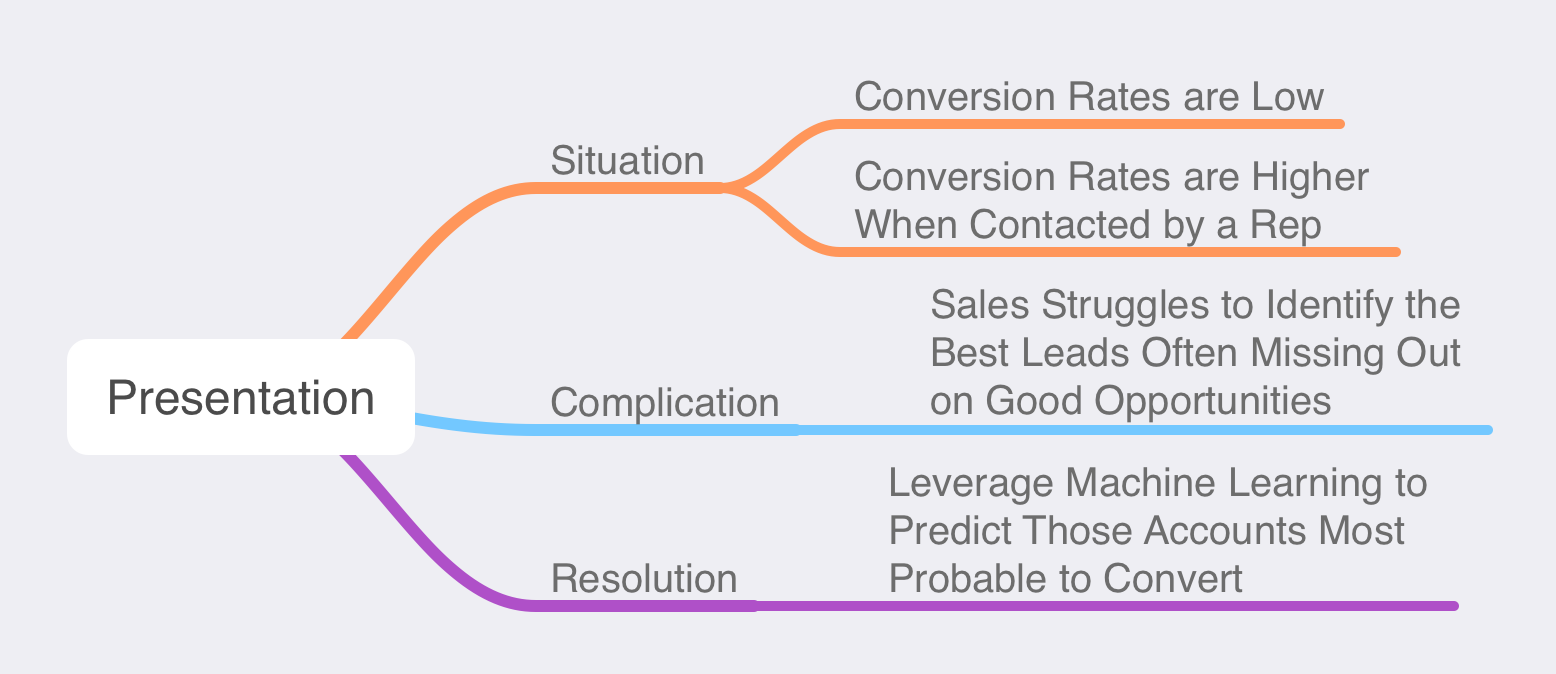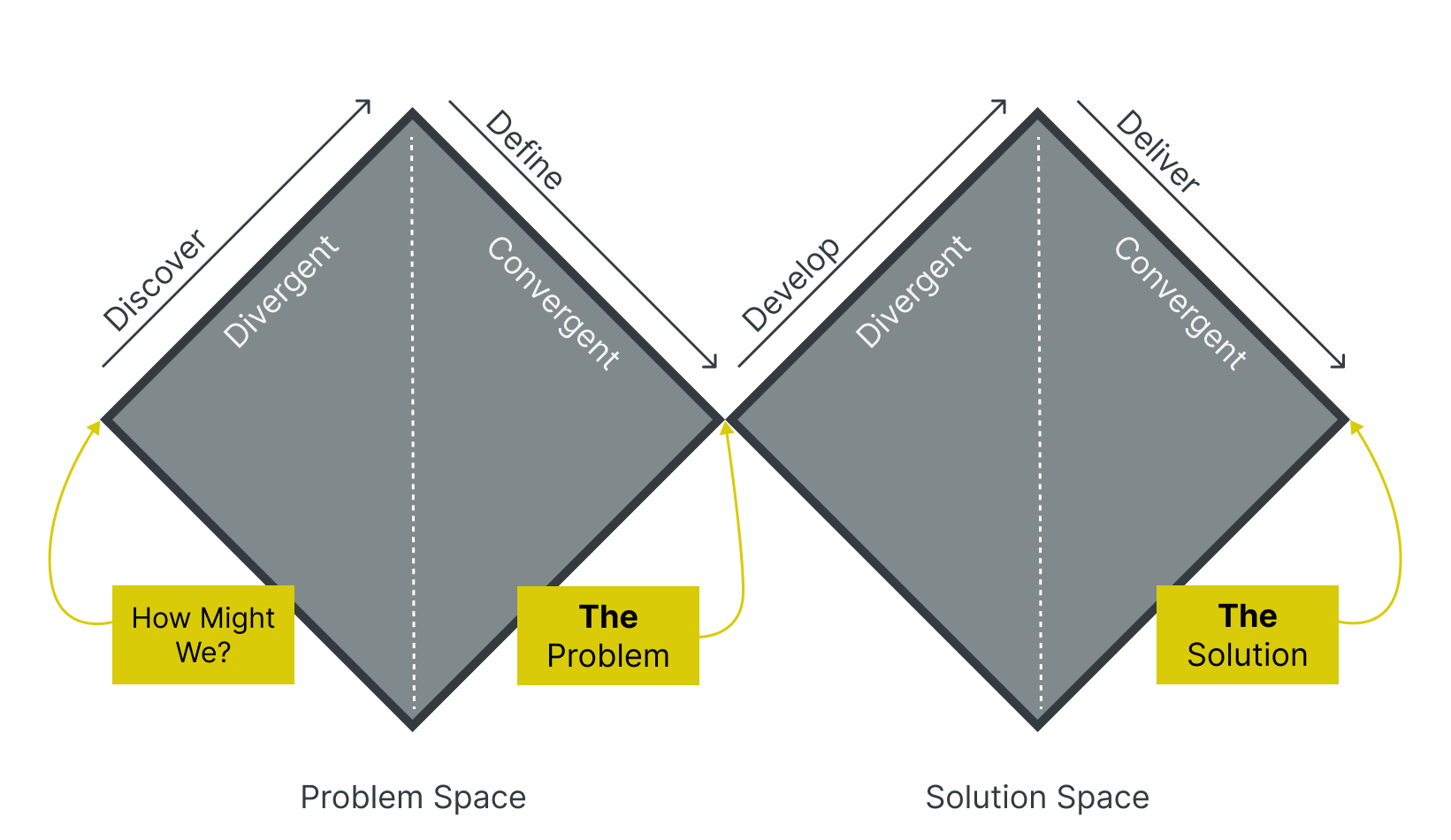Effective Pricing Strategies for Software and Services
Discover how to strategically price your software and services to outsmart competitors and maximize profits.
Good, Better, Best
One of the most common pricing strategies in software (especially SaaS) today is the "Good Better Best" model, where you offer three pricing tiers with varying features and benefits. When building out your packaging, you typically create a base-level package that is good enough to get a feel for the product but often not feature-rich enough to let you scale into full-time use. The middle tier is "just right", and the top-end or premium tier tends to target enterprise accounts, including features only the largest organizations need or can afford. Companies often combine this with the next strategy, a Freemium model. More on that next.
Interestingly, customers often gravitate towards the middle tier, known as the "Better" option, as it provides a good balance of value and affordability. By understanding customer preferences and behavior, you can leverage this tendency to drive sales and increase revenue.
An example from Slack shows exactly this. They even use the "Contact Sales" method for the enterprise tier because, often, these contracts are negotiable. Slack also has a free tier that is advertised alongside the normal trifecta, thus tying in the Freemium model.
Freemium & Subscription Models
Tying in perfectly to the "Good, Better, Best" example above are Freemium and subscription models, popular pricing strategies for software and services that can help you attract and retain customers.
Freemium models offer a free basic version of your software or service, allowing customers to experience its value before upgrading to a paid version with additional features or functionality. This strategy can help you acquire a large user base and create brand awareness while converting a percentage of free users into paying customers.
Subscription models charge customers a recurring fee for access to your software or services. This pricing model provides a steady stream of revenue and fosters customer loyalty. You can cater to different customer segments and maximize revenue potential by offering different subscription tiers with varying features and benefits.
Both freemium and subscription models require careful consideration of pricing tiers, feature differentiations, and value propositions. It's important to balance offering enough value in the free or basic version to attract users and providing compelling reasons for them to upgrade or subscribe to the premium version.
Competitor Pricing
This strategy is incredibly common in all industries. For example, hotels on the same street or intersection will price each other similarly, assuming they offer similar experiences. Otherwise, they will lose business to their competitor across from them. Gas stations do this as well. If you see a commodity like gasoline, you won't pay $1 more a gallon for no reason.
Understanding competitor pricing is crucial for developing effective pricing strategies for your software and services. By analyzing your competitors' pricing strategies, you can gain insights into their pricing models and identify opportunities to differentiate your offerings. Factors such as target market, value proposition, and product features influence competitor pricing. This will help you make informed decisions when setting your prices.
Fun fact: When I started my company a long, long time ago, we used competitor-based pricing. The most common product on the market was expensive, at $4,000 a user for a perpetual license, plus you needed expensive hardware to run it. We built ours to run on common Windows machines and priced it at half of theirs, completely changing the value proposition and ROI.
Value-Based Pricing Models
Value-based pricing models align the price of your offerings with the perceived value they deliver to customers. Instead of basing your prices solely on production costs or competitor prices, value-based pricing considers the unique value proposition of your products or services.
To implement a value-based pricing model, you must understand the specific benefits and outcomes your customers derive from using your software or services. This requires conducting market research, customer interviews, and analyzing customer feedback. By quantifying your offerings' value, you can set prices that capture a fair share of that value.
Value-based pricing doesn't scale and opens you up to the perception that you must be pricing fairly. The offerings that each customer gets must be truly unique to them and not just based on what they're willing to pay.
Dynamic Pricing Strategies
Dynamic pricing strategies involve adjusting the prices of your software or services based on various factors, such as demand, seasonality, and customer segments. This flexible pricing approach allows you to optimize your revenue by charging different prices at different times or for different customer groups.
One common dynamic pricing strategy is surge pricing, commonly used in the transportation and hospitality industries. Increasing prices during peak demand periods can maximize revenue while meeting customer demand. Another dynamic pricing strategy is personalized pricing, tailored to individual customers based on their purchase history, preferences, or buying behavior.
We recently witnessed a dynamic pricing screw-up when Wendy's, the fast food chain, discussed implementing dynamic pricing of its menu during peak times. This of course, went exactly as you might have expected, in turn the withdrew their plans.
Optimizing Pricing through A/B Testing
A/B testing is a powerful technique for optimizing your pricing strategy by comparing the performance of different pricing options. It involves running experiments where some customers are shown one pricing option while another is shown a different option. You can identify the most effective pricing strategy by analyzing conversion rates, revenue, and customer feedback.
When conducting A/B tests for pricing, it's important to define clear metrics and hypotheses to measure the impact of different pricing options. You can test different price points, pricing structures, or pricing models to determine which option resonates best with your target customers. Gathering quantitative and qualitative data to make data-driven decisions and continuously iterate on your pricing strategy is crucial.
A/B testing allows you to optimize your pricing based on customer behavior and preferences. By identifying the pricing options that generate the highest conversion rates and revenue, you can refine your pricing strategy to maximize profits and stay ahead of competitors.
Conclusion
Strategically pricing your software and services is essential for outsmarting competitors and maximizing profits. By utilizing pricing strategies such as "Good Better Best", freemium and subscription models, competitor pricing analysis, value-based pricing models, dynamic pricing strategies, and A/B testing, you can optimize your pricing strategy to attract and retain customers while increasing revenue.
Understanding customer preferences and behavior and staying informed about competitor pricing are key factors in developing effective pricing strategies. To boost your pricing strategy and stay ahead of the competition, could you consider implementing these tactics and continuously iterating to ensure you offer your customers the best value? I encourage you to explore additional resources and tools to help fine-tune your pricing strategy and drive success in the competitive software and services market.




